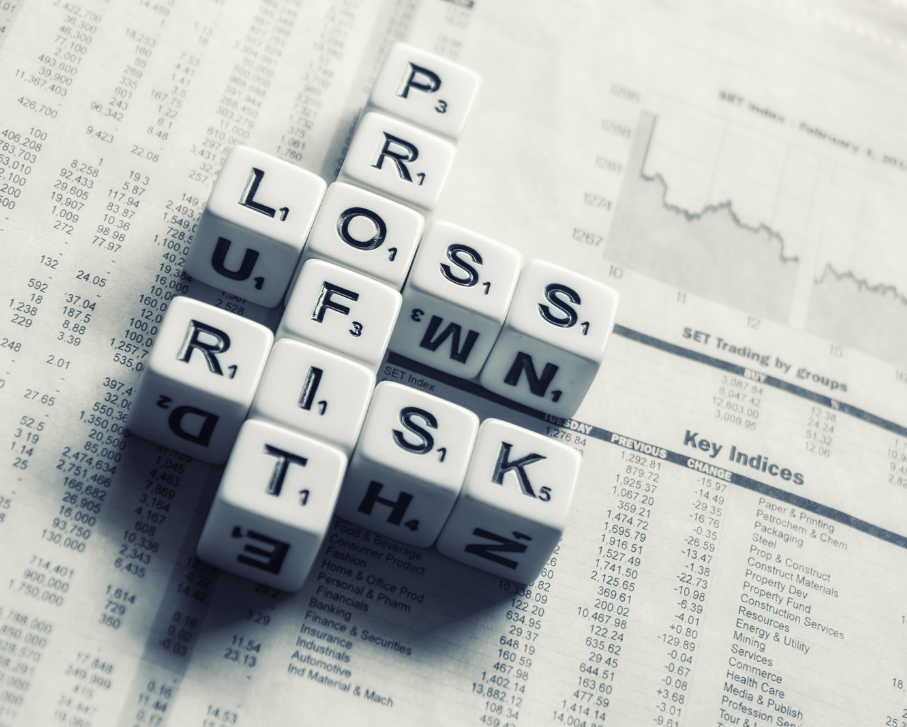
Although there is no universal answer, understanding the factors that affect this process can help to design a solid, realistic financial strategy adapted to market requirements.
What does it really mean to be profitable?
Profitability in a startup is achieved when the revenues generated are equal to or greater than the operating costs, that is, when the company enters into the call Break-Even. But beware: not all returns are the same. Achieving accounting break-even doesn't necessarily mean having a healthy cash flow or being in a position to scale without external funding.
There are different approaches to define profitability depending on the objective: it can be Positive EBITDA, Positive operating cash flow or simply that revenues cover fixed and variable costs. In the case of SaaS models, for example, it is considered cost-effective when the MRR covers all recurring operating costs, even if previous investments are still being amortized.
Understanding this nuance is essential to properly communicate to investors, employees or stakeholders where the company is and where it is going.
Average time to achieve profitability
According to a report by Silicon Valley Bank, 80% of startups take between 2 and 5 years in reaching their equilibrium point. This figure varies greatly depending on the business model, the sector and the growth strategy.
In B2B technology startups, especially SaaS models, operational profitability can be achieved in about 3 years if there is a prudent approach to cost control and sustained growth. Instead, B2C models with intensive marketing spending can extend this period to more than 5 years.
A recent analysis of Crunchbase Insights (2024) He adds that more than 60% of profitable startups spent more than 50% of the CEO's time monitoring efficiency metrics (LTV/CAC, burn multiple, gross margin) in the first 24 months.
Phases on the road to profitability
Although each startup has its own evolution, the path to profitability is usually divided into three major stages:
Stage 1: Validation and Adjustment (0—12 months).
In this phase, the focus is on finding Product-Market Fit and validate hypotheses with real users. Incomes are often low or non-existent, and spending is concentrated on development and early acquisition. Profitability is not to be expected, but there are signs of conversion, retention, or active use.
Stage 2: Scalability and Efficiency (12—36 months).
Once the product has been validated and with first metrics, we seek to scale the acquisition. Optimizing the CAC, increasing the LTV and improving margins is key here. Many startups achieve break-even during this stage, if the growth strategy is aligned with an efficient model.
Stage 3: Consolidation or Expansion (36—60+ months).
Already with a proven model, profitability can be consolidated or even postponed if you decide to reinvest everything in growth. Companies like Amazon or Uber took more than 10 years to become profitable, but they scaled aggressively during that time.
Factors that influence the time to break-even
There are multiple variables that affect when and how a startup can achieve profitability:
- Business model: B2B SaaS models with recurring revenues achieve profitability faster than e-commerce with high turnover or low ticket.
- Average ticket and margins: the higher the ARPA (average revenue per account) and the higher the gross margin, the faster fixed costs are covered.
- Burn rate: a tight spending structure accelerates the path to breakeven.
- Acquisition speed: scaling out of control can trigger CAC and drive away profitability, even if volume increases.
- External funding: accessing capital allows for faster growth, but it can also relax operational discipline if there is no focus.
What are investors looking for?
Contrary to the belief that venture capital funds are only interested in growth, today more than ever they value efficiency. The new mantra is: “grow efficiently”.
Funds are looking for startups that demonstrate a clear path to profitability, even if they haven't yet achieved it. Metrics such as the burn multiple, the CAC payback and the gross margin are key to evaluating sustainability.
A founding team that is clear about its roadmap to break-even conveys trust. It's not about being profitable from day one, but about showing that you know how to get there and when you'll do it.
What can you do to accelerate your profitability?
If you're leading a startup, here are some recommendations to get closer to profitability without sacrificing growth:
- Design from the start a model with recurring revenues, margins and scalability.
- Review your financial KPIs monthly: CAC, LTV, churn, burn rate.
- Create realistic financial scenarios: break-even in 2 years, 3 years, 5 years.
- Align the team with efficiency metrics, not just acquisition objectives.
- Think of profitability as a path, not as an immediate destination. If it's not on the roadmap, it'll probably never arrive.
And you, what stage are you at?
At Intelectium, we help technological startups to achieve the balance point from a double perspective: by structuring their investment rounds well and accompanying them with expert financial advice.
We have seen that profitability is not the end of the road, but rather the beginning of a new phase where decisions are made with greater autonomy, strategic vision and sustainability.
If you're thinking about when you'll achieve profitability or how to structure your financial path, let's talk.
.png)
.png)






















